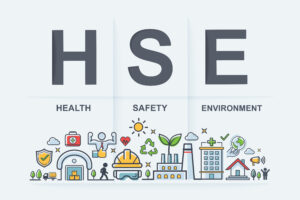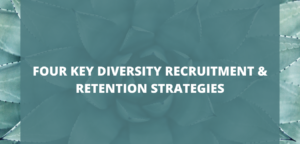What Do You Do When You Owe Taxes But Don’t Have the Funds?
For many people tax season brings the joy of a nice big refund to go out and splurge on something they’ve had your eye on for a long time. On the flip side of the equation are those people who surprisingly, or not, end up owing the IRS money. Not only do these people miss out on the extra cash influx, but they also have to come up with the funds to pay off the extra tax bill.
For some people, depending how high the bill is, they could have to pay even more than just the shortage amount. That’s because many times when people underpay they end up owing penalties for the underpayment. For those who owe a lot of money, those penalties could end up being huge. In fact, the penalties can even be much higher than the shortage.
That’s why it’s always best to try to avoid owing any money to the IRS, especially if you don’t have the funds to pay it off when the tax bill comes due. So what happens to people who can’t pay their tax bill? You do have a few options.
In some cases, it might be a good idea to take out a loan or a line of credit in order to pay off the bill. Of course, you will then be responsible to pay off the loan, so use caution. Another option is to apply for an extension with the IRS. This could buy you a little time to come up with the needed funds. If you need even more time then try applying for a hardship extension, which could give you up to six months to pay it off. You could also ask the IRS for permission to set up a payment plan to pay off the debt in installments.
Whichever path you decide to take, make sure you do something. Don’t ignore the problem or it will only get worse. The penalties will likely increase the longer you wait and the IRS could eventually take other measures or even press charges. So the bottom line is: do something.
Safety and Health Programs: Can you make your company safer?
Safety and Health Programs: Can you make your company safer? No one wants an unsafe work environment. But unsafe or hazardous spots in your environment must first be reported before they can be corrected. That takes cooperation from all employees, including those reluctant to blow the whistle. In 2004, more than 6 million work-related illnesses…
Employee Hiring Decisions
Employee Hiring Decisions Making Better Hiring Decisions One of the most powerful ways a company can improve its profitability is to attract and retain quality employees. In the “Simple Tools to Help Make Better Hiring Decisions” session of The Work Truck Show, consultant Fred Yetka offered guaranteed ways to reduce turnover — and the wasted…
No Longer Just Black and White
No Longer Just Black and White By Myron Curry President of BusinessTrainingMedia.com Diversity in the workplace used to hinge upon the level of responsibility, pay, and respect that one could receive based upon the color of skin and ethnicity. But, these days, diversity in the workplace has become much more than that. Most CEO’s and…
Four Key Diversity Recruitment & Retention Strategies
Four Key Diversity Recruitment & Retention Strategies From BusinessTrainingMedia.com Workforce Article Library 1) Recruitment and retention strategy. Most employers find that it is generally easier to recruit people than it is to retain them. Unless organizations create a climate that welcomes and is hospitable to those who are in some way different from the existing…




